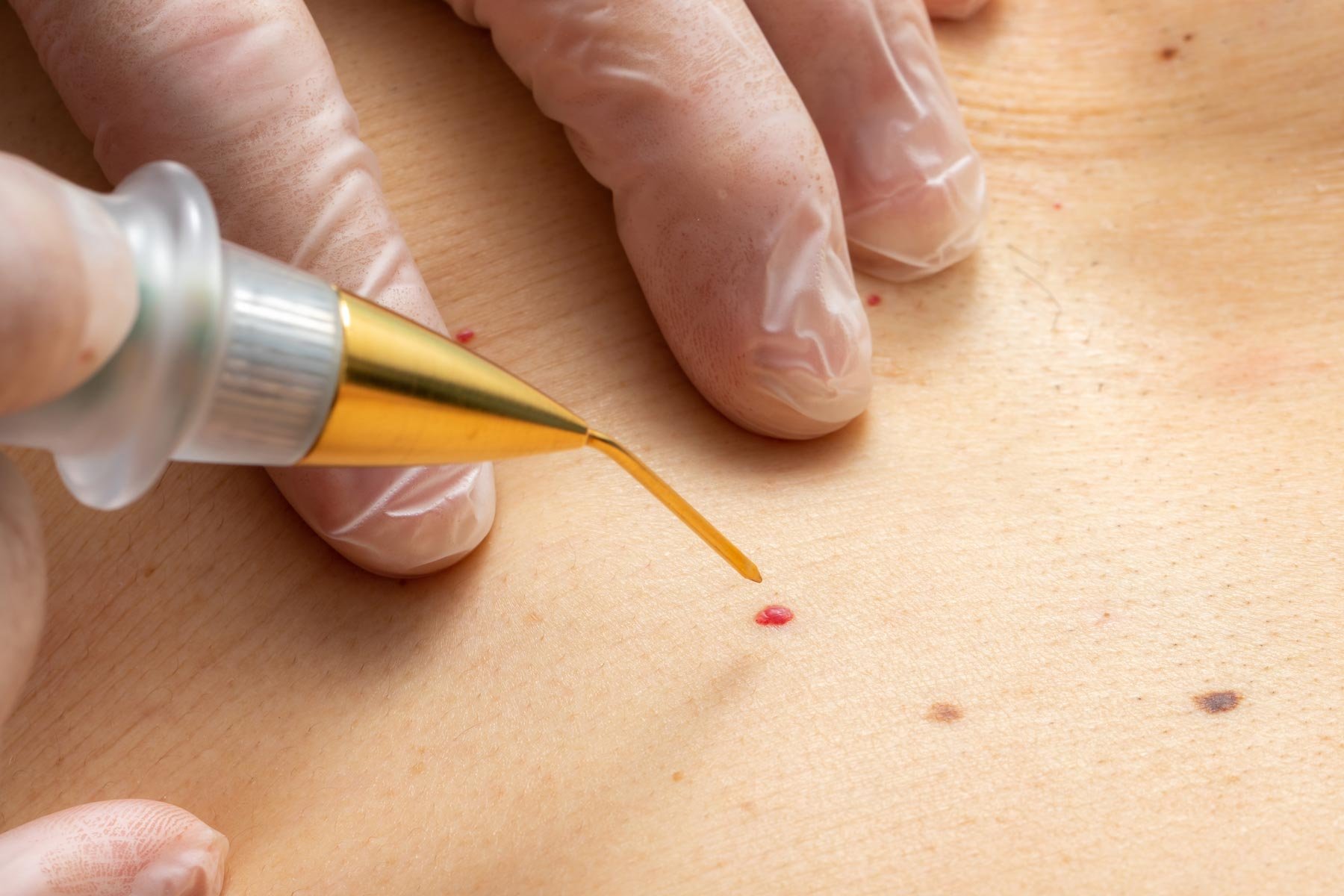
Angiomas
Angiomas are benign (non-cancerous) tumors that are made up of blood vessels or lymphatic vessels. They can occur anywhere on the body, but they are most commonly found on the face, neck, arms, and legs. Angiomas can occur at any age, but they are more common in people over the age of 30.
There are several types of angiomas, including:
Cherry angiomas: small, bright red or purple bumps that are commonly found on the trunk and upper arms
Spider angiomas: small, red or purple bumps with a central red spot and thin, red lines radiating out from the center
Venous angiomas: blue or purple lesions that occur when veins are dilated or enlarged
Lymphatic angiomas: red or purple lesions that occur when lymph vessels are dilated or enlarged
Angiomas are generally harmless and do not cause any symptoms. They may be removed for cosmetic reasons or if they are causing irritation or discomfort. Treatment for angiomas may involve the use of lasers, cryotherapy (freezing the angioma with liquid nitrogen), or surgery.
In addition to treatment, there are several steps you can take to help reduce your risk of developing angiomas:
Avoid prolonged sun exposure, especially between the hours of 10 a.m. and 4 p.m. when the sun is strongest
Wear protective clothing, such as a wide-brimmed hat and sunglasses, when you are outdoors
Use a broad-spectrum sunscreen with an SPF of 30 or higher on a daily basis, even on cloudy days
Avoid using tanning beds
Perform regular self-exams to check for any unusual or suspicious spots on your skin
By following these precautions and seeking treatment as needed, you can help to manage angiomas and reduce your risk of developing this type of skin condition. If you are concerned about angiomas or have any other changes in your skin, it is important to see a healthcare provider for evaluation and treatment.

